

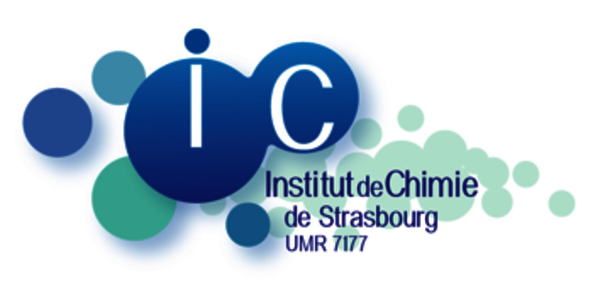
Nature ecology & evolution
Abstract The absence of unambiguous animal body fossils in rocks older than the late Ediacaran has rendered fossil lipids the most promising tracers of early organismic complexity. Yet much debate surrounds the various potential biological sources of putative metazoan steroids found in Precambrian…

Phys. Rev. B
Abstract The deeply buried, yet most important part of any spintronic device is the interface. This is even more interesting and much more complex when soft, light materials like organic molecules are in contact with an inorganic metallic electrode. Hence, exceptional care is required to better…
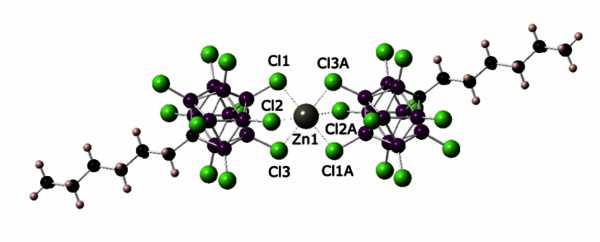
Angew. Chem. Int. Ed.
Summary A salt compound containing a formal Zn2+ dication only stabilized by weakly coordinated carborate anions was first structurally characterized and shown to be soluble in low polarity solvents. Based on its reactivity with alkene, alkyne and in hydrosilylation catalysis, it is a strong Lewis…
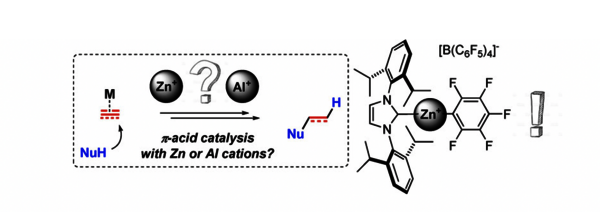
Chem. Eur. J.
Summary π‐Acids catalysts: Some NHC‐Zn+, NHC‐Al+, as well as other zinc and aluminium cations derived from simple halide salts have been tested as π‐acids in various reactions. Some of these species proved to be excellent catalysts, competing with noble metal complexes.

Chem. Soc. Rev.
Abstract Biological systems provide attractive reactivity blueprints for the design of challenging chemical transformations. Emulating the operating mode of natural systems may however not be so easy and direct translation of structural observations does not always afford the anticipated…
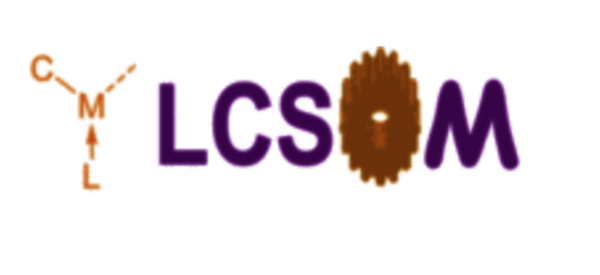
Journal of Organometallic Chemistry
Abstract The thermochemistry of the aminolysis of three methoxy Fischer carbenes, pentacarbonyl(phenylmethoxyalkylidene)chromium(0), tungsten(0) and molybdenum(0), was studied experimentally and theoretically with three amines, namely benzylamine, aniline and 3-pyrroline. Enthalpies of reactions…

RSC Advances
Abstract The tribological performances of engine oils have been shown to be enhanced by the synergistic interactions between Mo dithiocarbamates (Mo(DTC)2) with other additives, and notably Zn dithiophosphates (Zn(DTP)2). Being two key components in formulated lubricants, a detailed understanding…
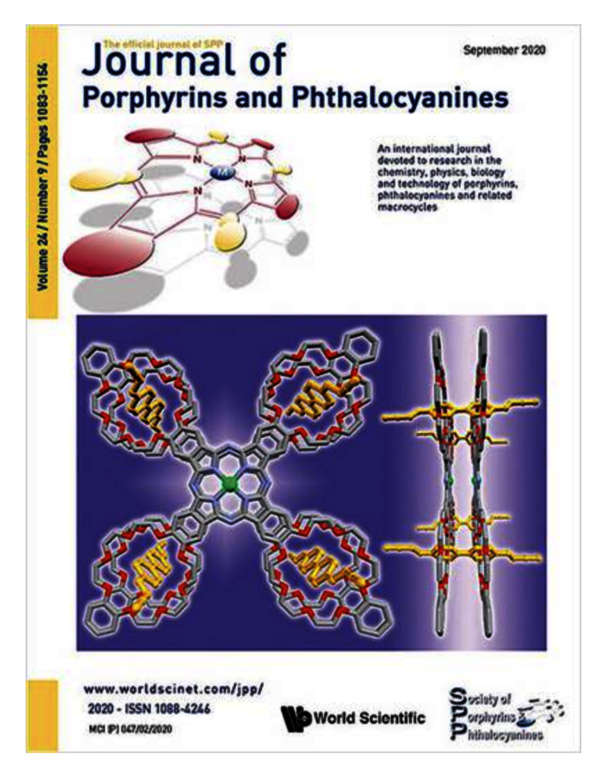
Cover : J. Porph. Phthalocyanines
Abstract The synthesis of a series of novel tetra-(benzo-24-crown-8)-phthalocyanines (Mg(II), Ni(II) and Co(II)) as well as a modified procedure for the free-base ligand and its Zn(II) and Cu(II) complexes are reported. The tendency of these phthalocyanines to undergo supramolecular cofacial…

Adv. Funct. Mat.
Abstract Physical properties of magnetic nanostructures and devices strongly depend on the morphological characteristics of their various components. This is especially true and becomes particularly complex in hybrid nanostructures, where soft organic molecules are at the vicinity of ferromagnetic…

Angew. Chem. Int. Ed.
Abstract A bis‐acridinium cyclophane incorporating switchable acridinium moieties linked by a 3,5‐dipyridylanisole spacer was studied as a multi‐responsive host for polycyclic aromatic hydrocarbon guests. Complexation of perylene was shown to be the most effective and was characterized in…

Chemical communications
Abstract Employing peptide-based models of copper transporter 1 (CTR1), we show that the trimeric arrangement of its N-terminus tunes its reactivity with Cu, promoting Cu(II) reduction and stabilizing Cu(I). Hence, the employed multimeric models of CTR1 provide an important contribution to studies…
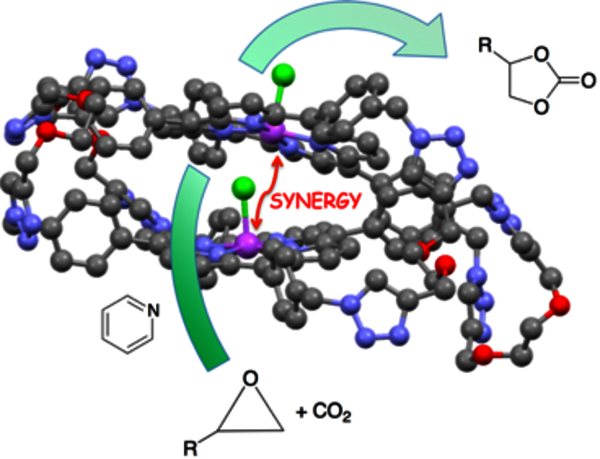
ChemCatChem
Abstract Synergistic action in a bimetallic nanosized catalyst: A bimetallic catalyst consisting of a flexible molecular cage with two Co(III) porphyrins is investigated to convert CO2 and epoxides into cyclic carbonates. The preorganisation of the two metal centres in the hollow framework favours…

Cover of Chemistry Eur. J.
Regarding the article « Origin of ferromagnetism and magnetic anisotropy in a family of copper(II) triangles » recently published in Chemistry Eur. J., the Institute of Chemistry is pleased to inform you that the POMAM group's artwork has also been selected to feature on the cover of the last issue…

Org. Lett.
Abstract N-Acyliminium ions generated from enamidyl vinyl ketones provided cyclopentenoid-fused diazepines diastereoselectively using BF3·Et2O in one pot through a domino N-acyliminium ion trapping/Nazarov reaction, simultaneously generating three new stereogenic centers. The particular structural…
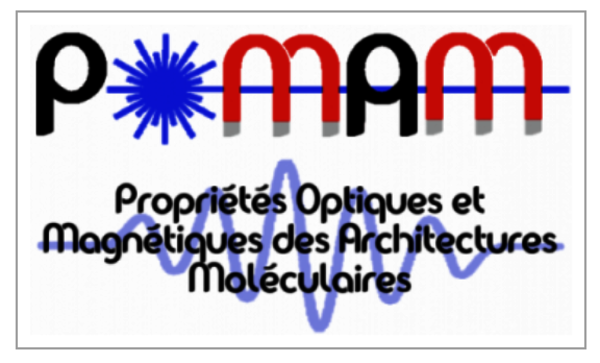
Eur. Phys. J. Appl. Phys.
Abstract Here I present the theory of a new hybrid paramagnetic-ferrimagnetic SiC-YiG quantum sensor. It is designed to allow sub-nanoscale single external spin sensitivity optically detected pulsed electron electron double resonance spectroscopy, using an X band pulsed EPR spectrometer and an…

Eur. Phys. J. Appl. Phys.
Abstract First experiments like optically detected (OD) electron paramagnetic resonance (ODMR), photoluminescence detected RABI oscillations, and optical pumping (OP) assisted pulsed EPR measurements of T2 and T1 of V2 spins in bulk SiC, which were previously demonstrated on various home build EPR…

Organometallics
Abstract The base-assisted cyclometalation of 2-phenylpyridine (2-phpyH) by Cp*Co(III) was holistically addressed both theoretically and experimentally. Combined DFT and DLPNO-CCSD(T) methods assisted by QTAIM-based noncovalent interactions plots (NCI plots), interacting quantum atoms (IQA), and…

ChemPhysChem
Abstract To figure out the possible role of 1,1,1,3,3,3‐hexafluoropropan‐2‐ol (HFIP) as well as to provide reference thermochemical data in solution, the formation of Lewis acid‐base complexes between HFIP (Lewis acid) and a series of 8 different Lewis bases (3 sulfoxides, 3 Nsp2 pyridine…

Phys. Rev. Lett.
Abstract Gould and Pittalis [Phys. Rev. Lett. 123, 016401 (2019)] recently revealed a density-driven (DD) correlation energy that is specific to many-electron ensembles and must be accounted for by approximations. We derive in this Letter a general and simpler expression in terms of the ensemble…



